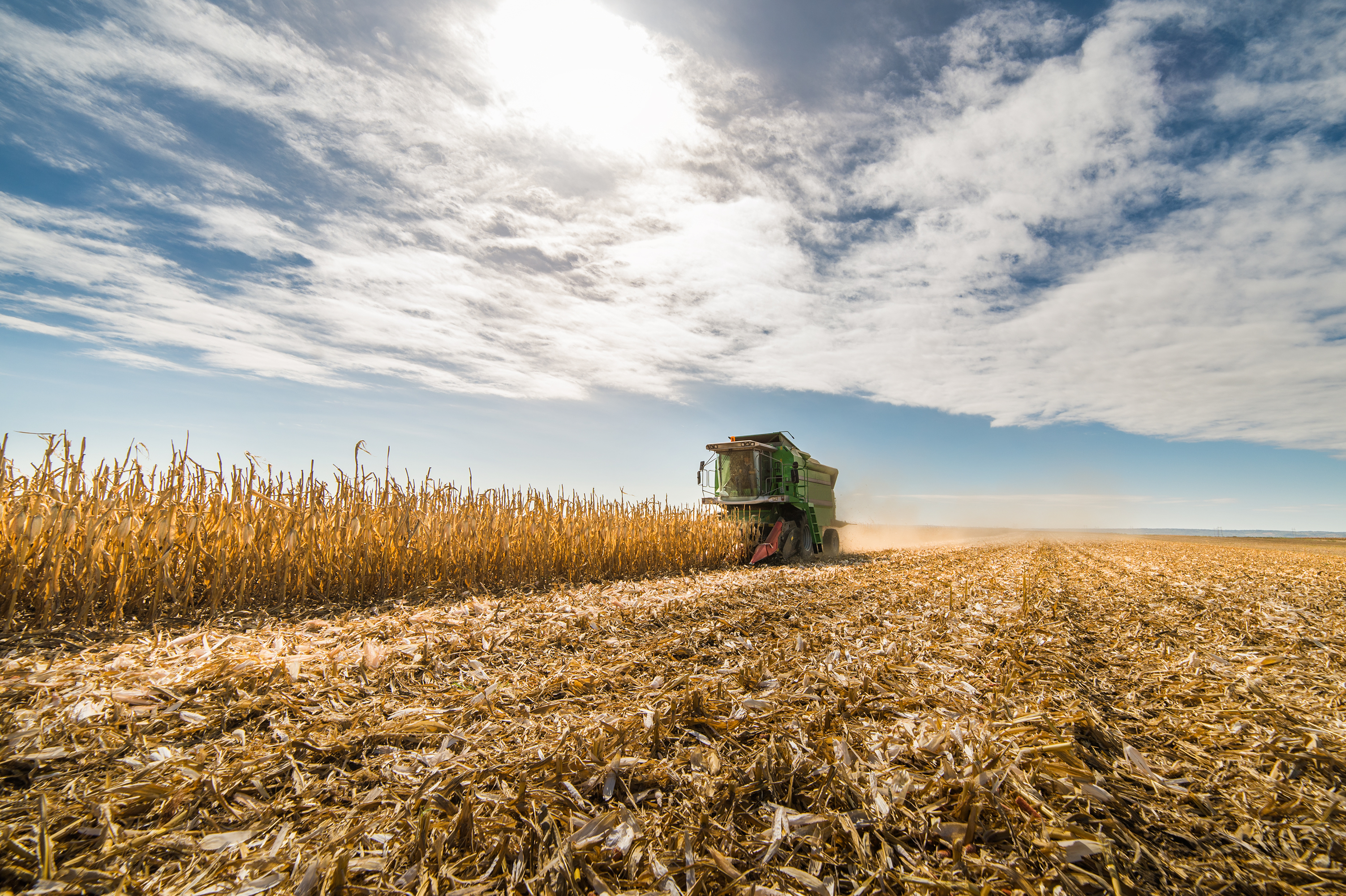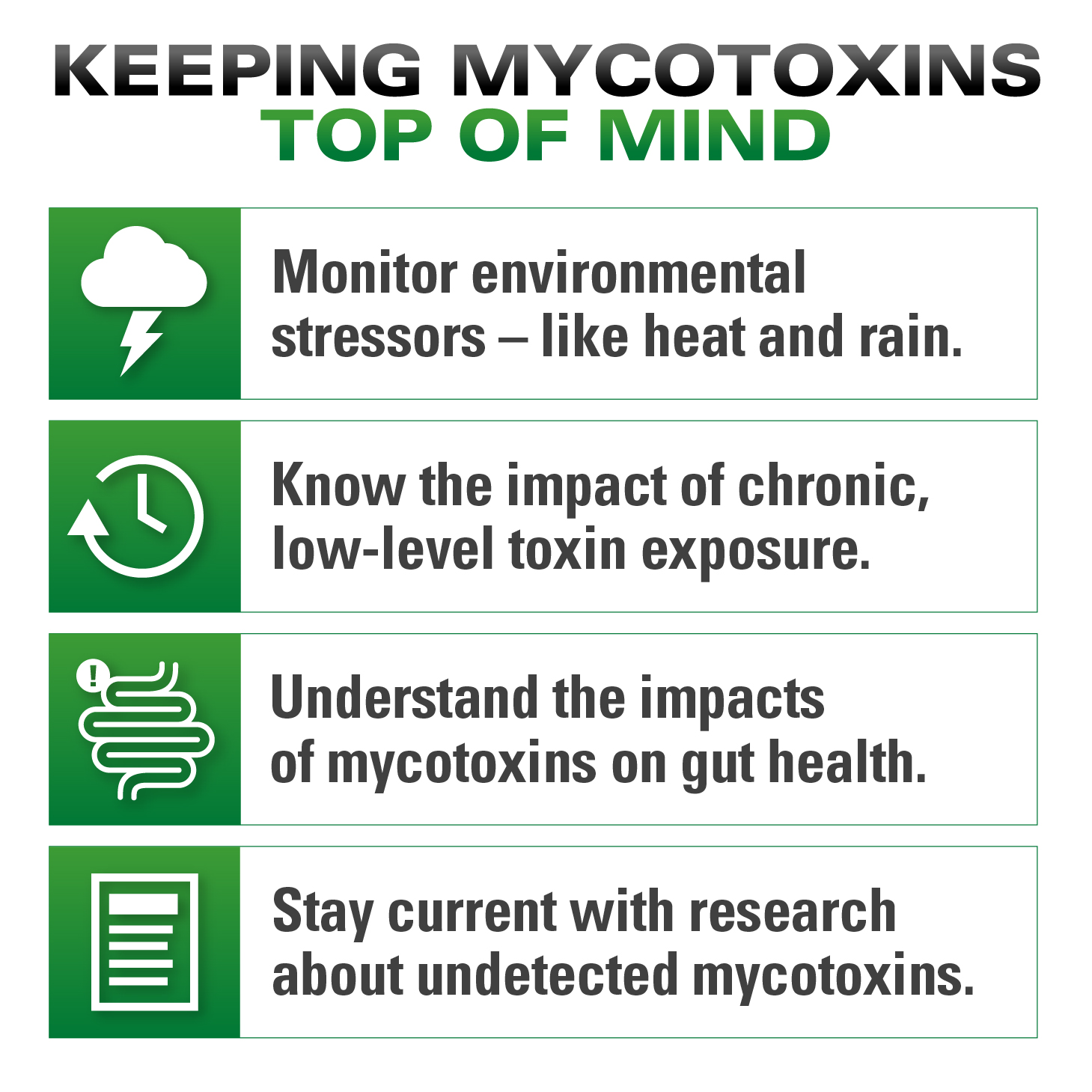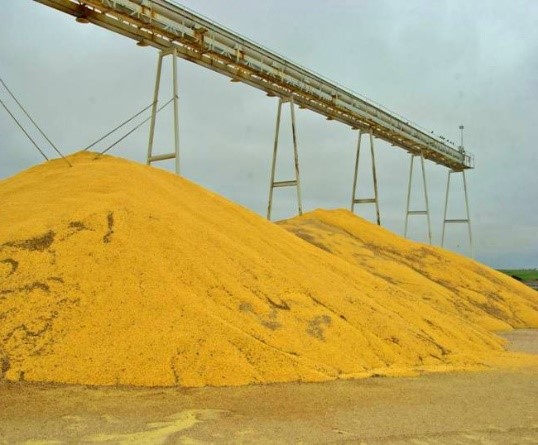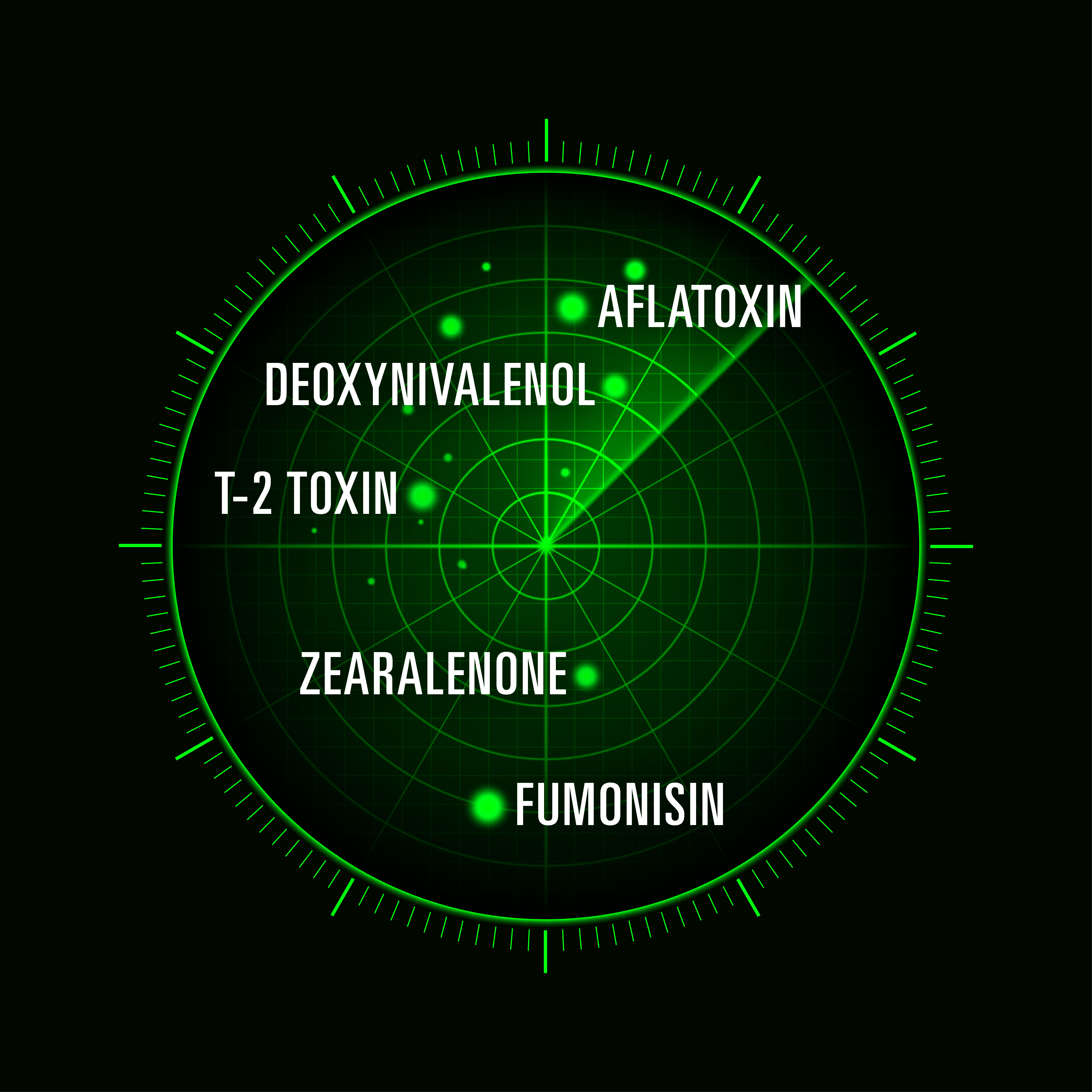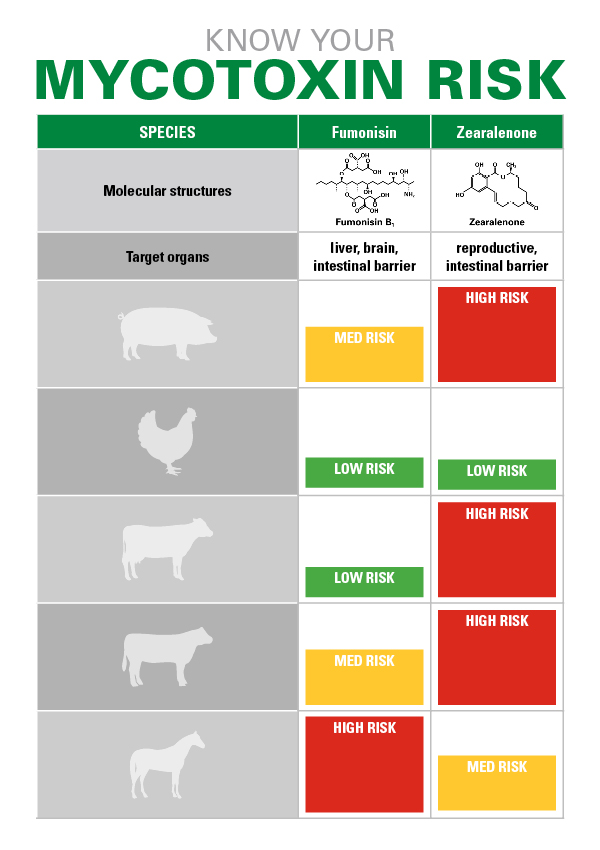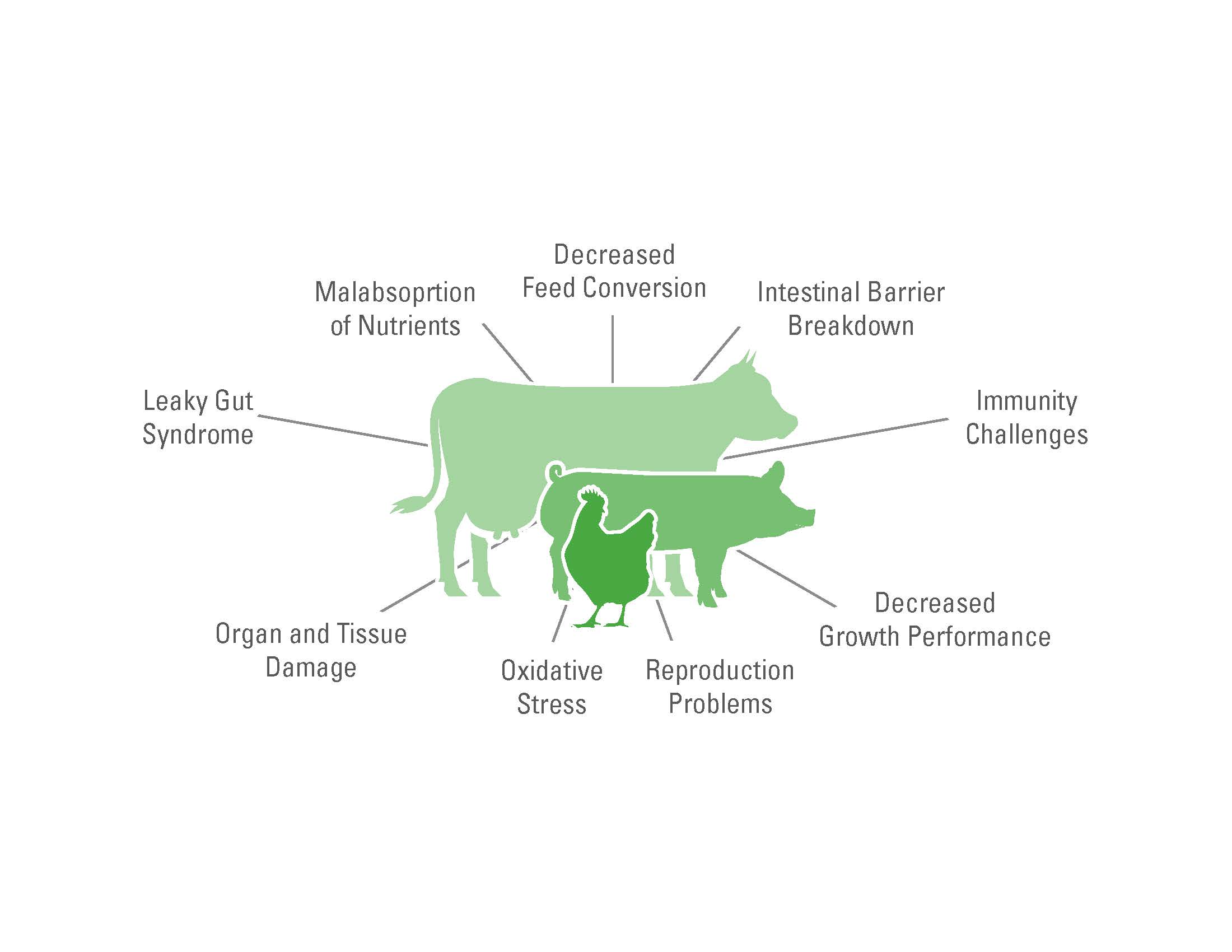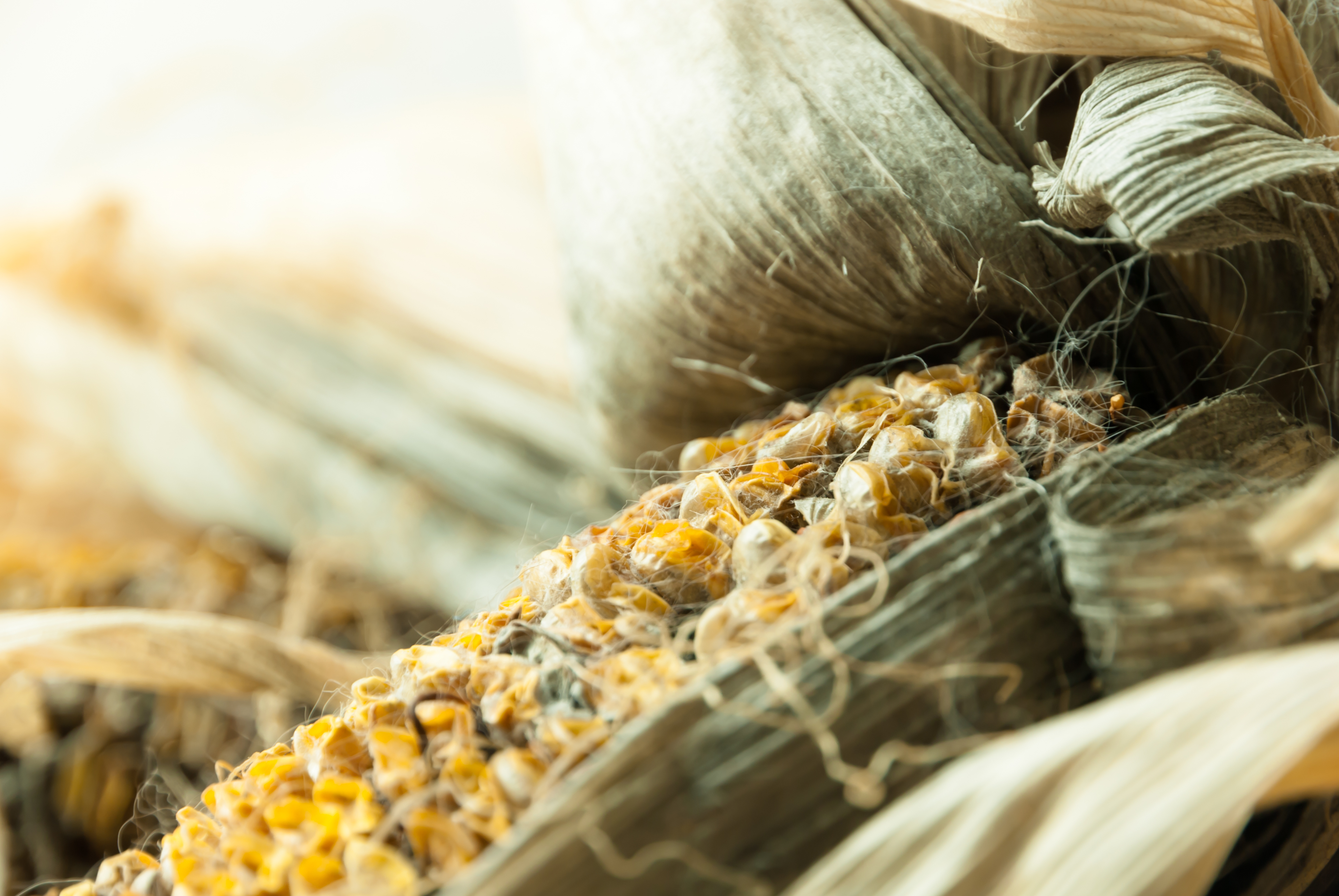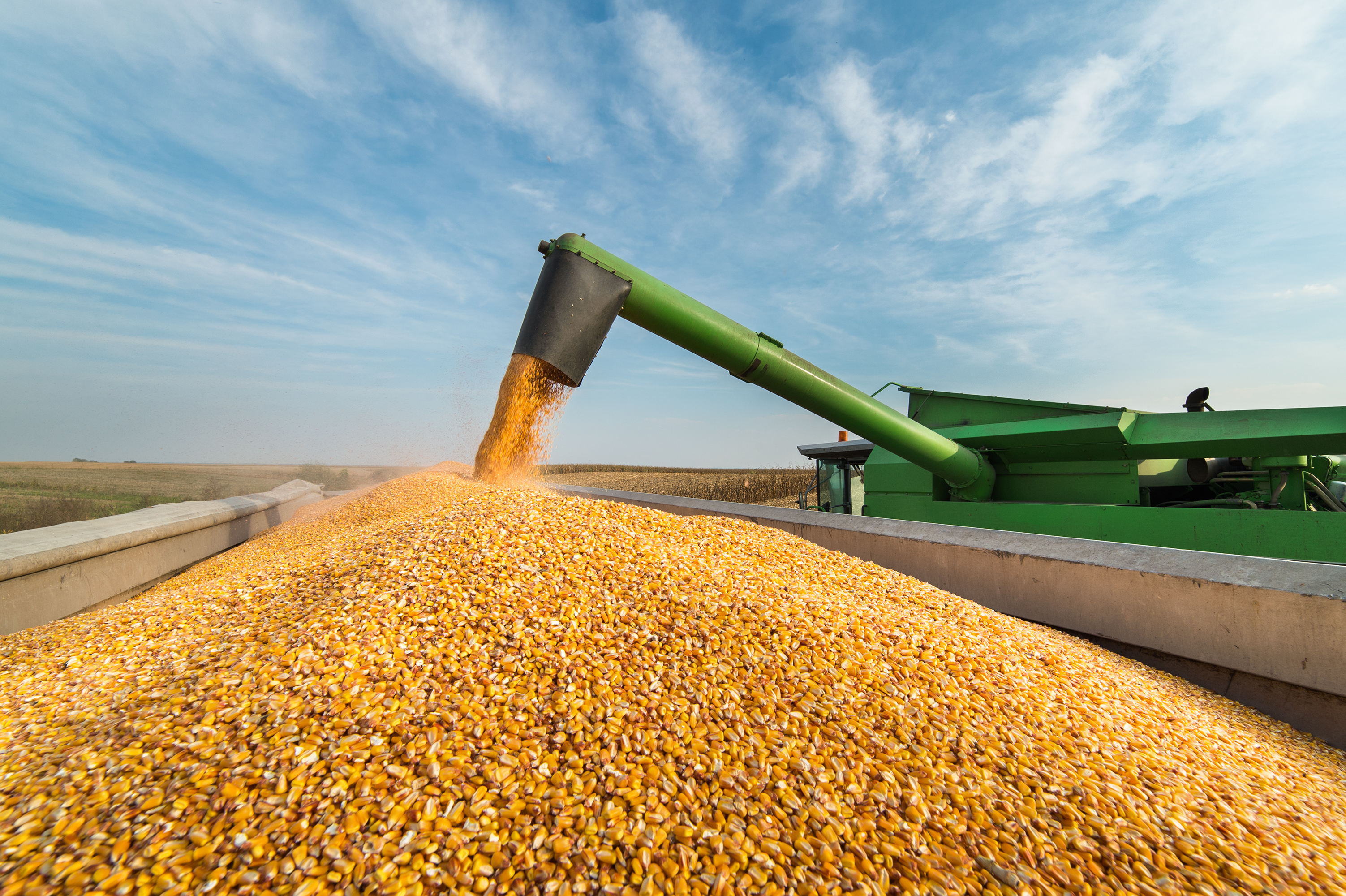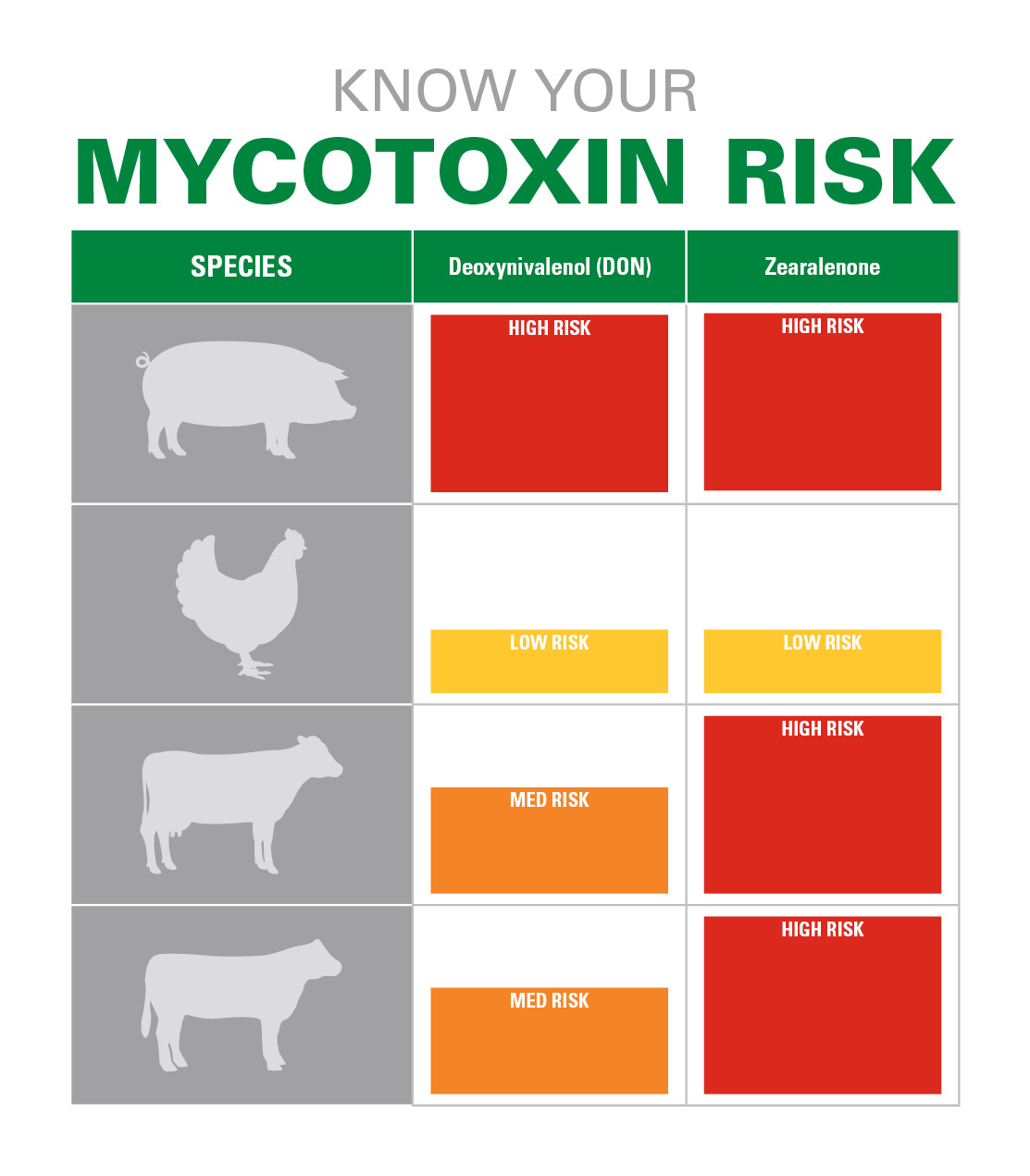 Deoxynivalenol and Zearalenone: Trending Mycotoxins in the 2020/2021 Corn Crop
Deoxynivalenol and Zearalenone: Trending Mycotoxins in the 2020/2021 Corn Crop
During times of rising feed costs, limiting the risks of hidden profit-robbers, like mycotoxins, from eroding livestock and poultry feed efficiency is critical to an operation’s bottom line. Mycotoxins vary year to year due to environmental and storage conditions of grains. To combat the perennial mycotoxin problem, identifying mycotoxin risks in ingredients before manufacturing feeds is key.

